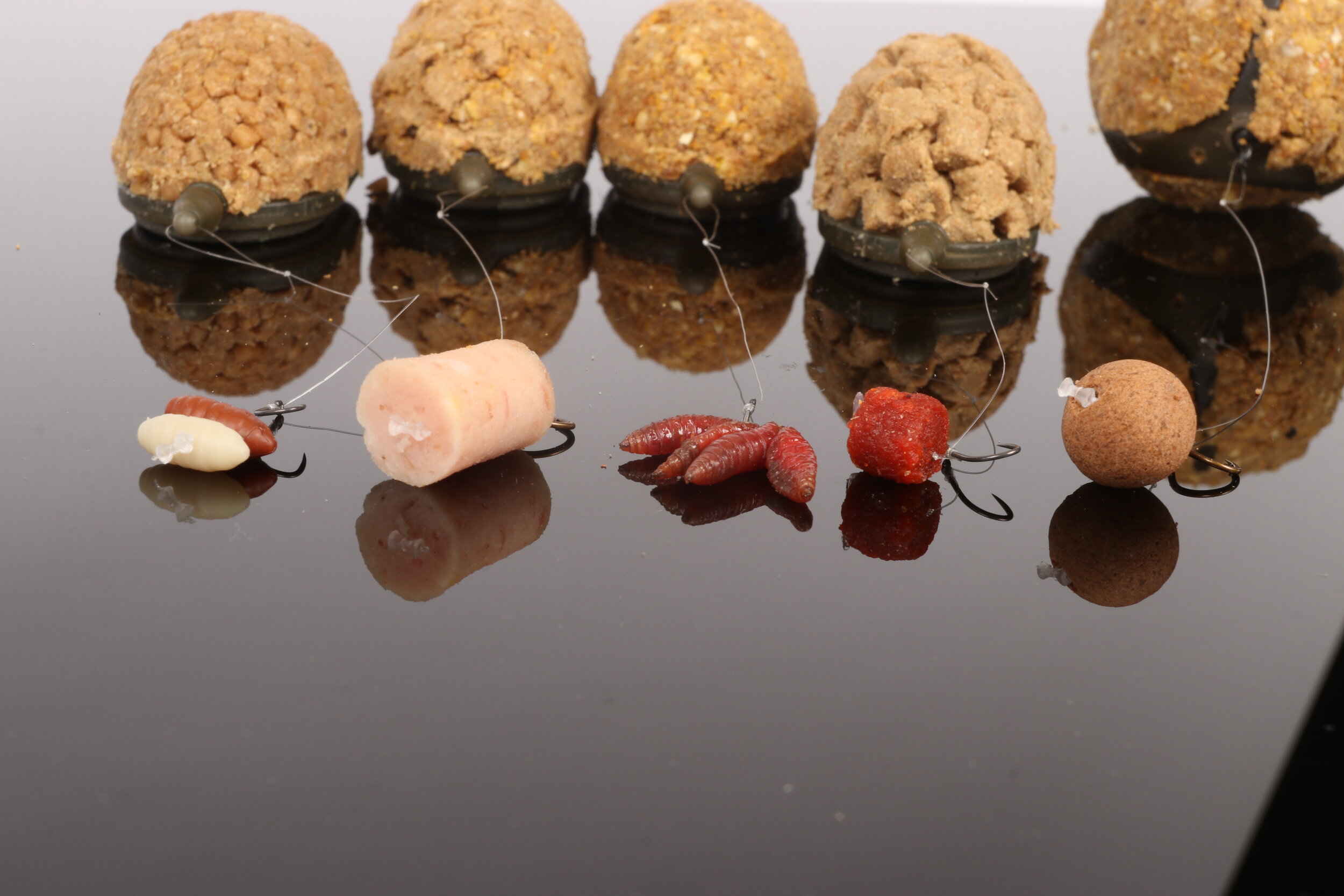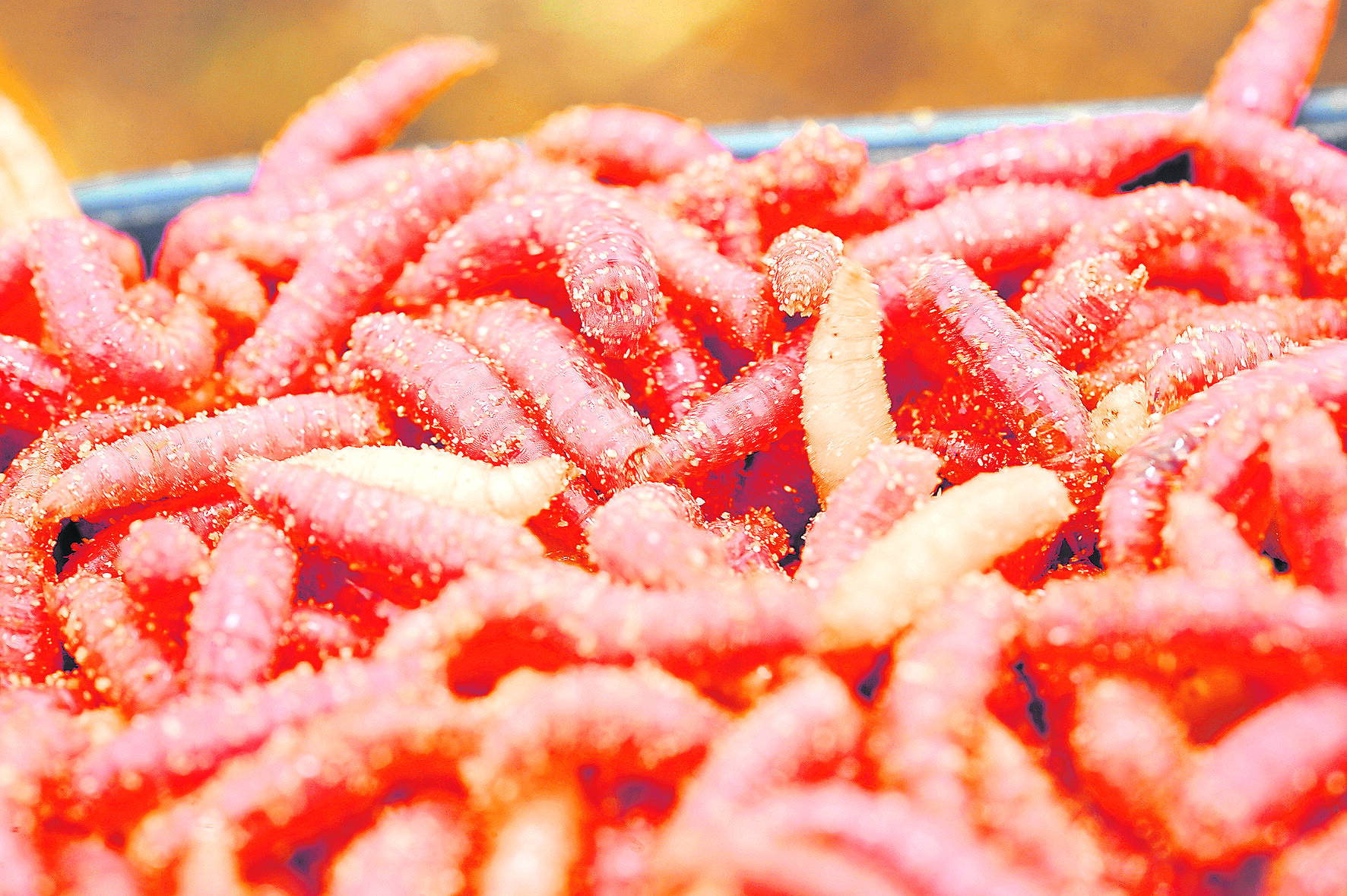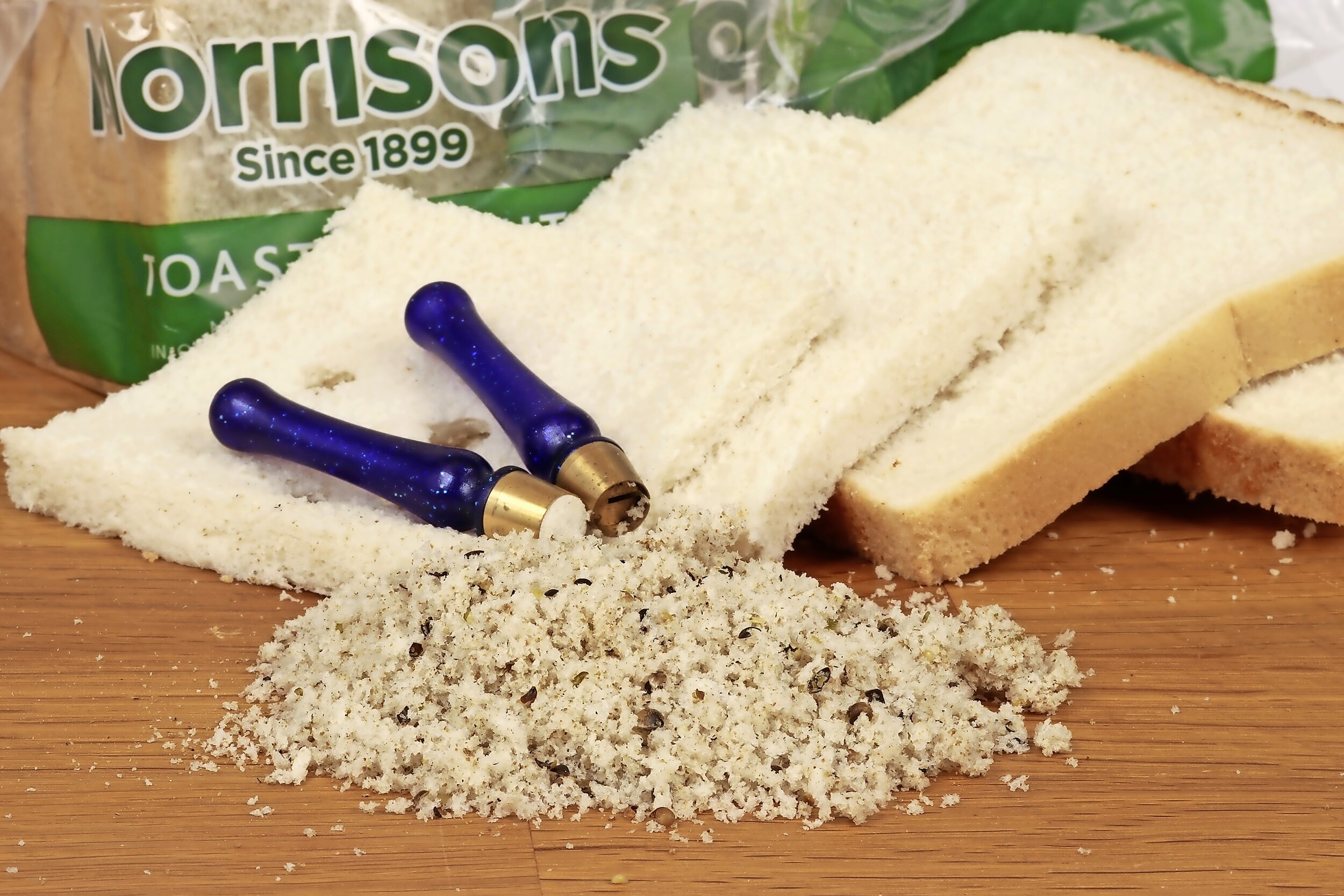How to make the best carp method feeder mix
Method feeder fishing is in full-swing, but despite it being a fiendishly simple tactic, it can be more tricky to master than many imagine. Carp have become accustomed to finding bland feeder pellets dotted around a lake every single day, and those tip-slamming bites become less frequent.
So try these simple bait tips and I guarantee you will see your catches go through the roof.
STICK TO IT
Getting your pellets dampened just right is essential with the Method. The reason it works so well is that it presents a concentrated pile of feed with the hookbait dead-centre.
If the bait flies off the feeder in mid-cast, or as it sinks through the water column, you are reducing the effectiveness of the rig and spreading the fish out.
I still see anglers trying to keep their pellets as dry as possible. In theory this sounds good, as the bait will break down fast, but often it doesn’t hold together.
With modern ‘sticky’ pellets, although the bait holds together firmly, it starts to absorb water as soon as it is cast out and it is
this effect that ensures the feed breaks down quickly.
If the fishery insists that you use its own pellets there are a couple of things that you can do to make them bind together properly. Use a sprinkling of pellet bond, Horlicks, or PV1 to enhance their stickiness. Alternatively, mix a handful of the fishery’s micro pellets in with any larger baits. This is particularly good with 6mm feed, as the gaps between individual pellets are quite large and are filled in by the micros.
flying start
A large Method feeder deposits quite a lot of pellets in the swim, but it can take time to get the swim rocking simply because there isn’t enough feed out there. To overcome this I will start off by making 10 quick casts with the loaded feeder and no hooklength attached.
Give each cast a minute or two for the pellets to absorb water and loosen up before retrieving. You’ll often find that by the time you are halfway through baiting up, a few line bites will indicate that the carp are getting their heads down.
By not fishing straight away I also find that the carp tend to be more confident, and I will catch more when I do bait the hook.
FLAVOUR YOUR FEED
Making your feed stand out on venues where you have to use the fishery’s own pellets is an absolute must. Why would I want to use the same bait as everyone else when I can use something better?
Rather than just use a flavouring I like to add something that not only tastes good, but improves the quality of the bait. Fish sauce, used in oriental cooking, is a great pellet additive and only costs a couple of quid for a year’s supply.
Boilie food soaks are also ideal – just add a teaspoonful to the water before preparing your pellets and the goodness will be drawn right into the centre of the bait.
VARY YOUR HOOKBAIT
If ever you needed proof that changing your hookbait can make a big difference to your catches, try experimenting with the Method. A flurry of fish on one hookbait colour will often fade out, only to be revived by switching to something else.
This doesn’t just apply to carp – bream can be just as fussy when it comes to hookbaits.
Colour does seem to be the main attribute of the bait that makes a difference, and I am happy to use quite a range of different flavours. This stands to reason really, as the hookbait is just the ‘cherry on the cake’. The pellet feed attracts and holds the carp, while the coloured hookbait grabs their attention.
Wafters have become very popular in the last couple of years and very effective they can be too, not so much because the fish prefer to eat them, but because they make hooking fish more efficient. These semi-buoyant baits are easier for the carp to suck in, meaning the bait and the hook sail further back into their mouths, giving more and better hookholds on short hooklengths.
Of course, there are days when the carp will be prepared to eat everything you throw at them, but remember, even small carp will have seen a Method feeder approach almost all of their lives. Little wonder, then, that they have grown a bit cagey.
Mixing things up and trying to improve your baits, as well as ensuring they actually work as intended, can often make the difference between a reasonable day and a red-letter one.
Preparing pellets for the Method feeder can take a bit of practice before you get the correct consistency. Follow these steps and you’ll get it right every time.
Small pellets bind together the best, but they can be the least attractive to the carp. Start with 4mm pellets, but be prepared to add a few 6mm baits to give the carp something larger to feed on.
To make the fishery’s own pellets more attractive, start by adding a tablespoonful of fish sauce to two pints of water in a bait tub. You can buy this cheaply in supermarkets or delicatessens.
Soak your pellets in lake water for a few minutes, making sure they are completely covered. As a rule of thumb, soak 4mm pellets for four minutes and 6mm pellets for six minutes.
Drain the water off using a fine sieve, as here, then put the lid on the bait tub and allow the pellets to soften for a minimum of 20 minutes until they have a nice sticky consistency.
If the pellets aren’t binding together very well, give them a light dusting with pellet binder or PV1 binder. Mix this in and add more if need be.
Always keep your Method mould clean, and compress the pellets firmly on to the feeder. If the pellets stick to the mould, lightly coat it in fish or cooking oil.
















